Visual Merchandising: Are Your Campaigns Hitting the Mark?
Let’s be honest, the competition for retail brands of all shapes and sizes is fierce. Plus, with the increase in digital touch points, it feels like everyone and anyone has a campaign or story to tell. It can be hard to know how to cut through the noise. We know creative campaign design can take the consumer on a journey, and when applied across multi-channels, can hugely impact and resonate with its audience.
There are many ways to maximise the return on investment from a digital and data perspective, so it’s important the design, aesthetic and tone of voice feels authentic and engaging. Place this at-the-heart of your decisions.
Digital campaigns and motion graphics (like seen here at Next) are becoming more popular. Its proven audiences are more likely to engage with animation, rather than stills, due to its captivating nature. You can pack a lot into a GIF or a short animated piece and add character and personality. 2D imagery simply can’t deliver the same results. This applies across all channels as motion graphics can be used on website platforms to engage with an audience in various ways. GWI’s Connecting the Dots report (2023) suggests: “one possible solution (to creating a captivating internet experience) lies in ‘blink and you’ll miss it’ experiences, things internet users can only do once a day, but also want to do”. There is scope and opportunity to push this as a medium, to aid storytelling and engagement.
The White Company’s latest Christmas campaign feels routed in the gifting experience, with a touch of luxury. It’s a strong, considered campaign that runs across all consumer touch-points with conviction. When gifting is a significant part of your brand, it’s important to make the most of those seasonal calendar events and build your marketing strategy around them. Ankorstore (2022) states: “there is hope to be found in the celebrations of seasonal holidays and personal events”. Christmas is always a huge opportunity for brands to pursue, and given the last few years, celebration is more than welcomed!
Flagship stores provide an opportunity for brands to pull out the stops and deliver a show-stopping campaign. This requires additional investment (of course) but can help to differentiate and create elevated experiences in key locations. John Lewis created huge 3D bears for their ‘Bearing Gifts’ message in store last Christmas which combined with other Christmas campaign elements created a real wow factor.
Market places such as Curated Makers, have used illustration to create a more personalised narrative, reflecting the nature of the brands and products they stock.
Last year Kiehl’s also used illustration to deliver their brand campaigns globally. They hired an illustrator to tour the world and deliver brand activations in each of their markets. Each was culturally sensitive and bespoke in nature so it resonated with its audience appropriately.
The art of storytelling is essential for brands to ensure they drive awareness and build brand loyalty. It’s a nurturing and educational exercise to inspire, excite and delight their audience. Clearly there are many ways to carry out effective storytelling be it through graphics, illustration, animation, photography and copy. The scope is huge, so a clear campaign strategy is key.
If you want to create a campaign with impact, spark the imagination with our case studies.


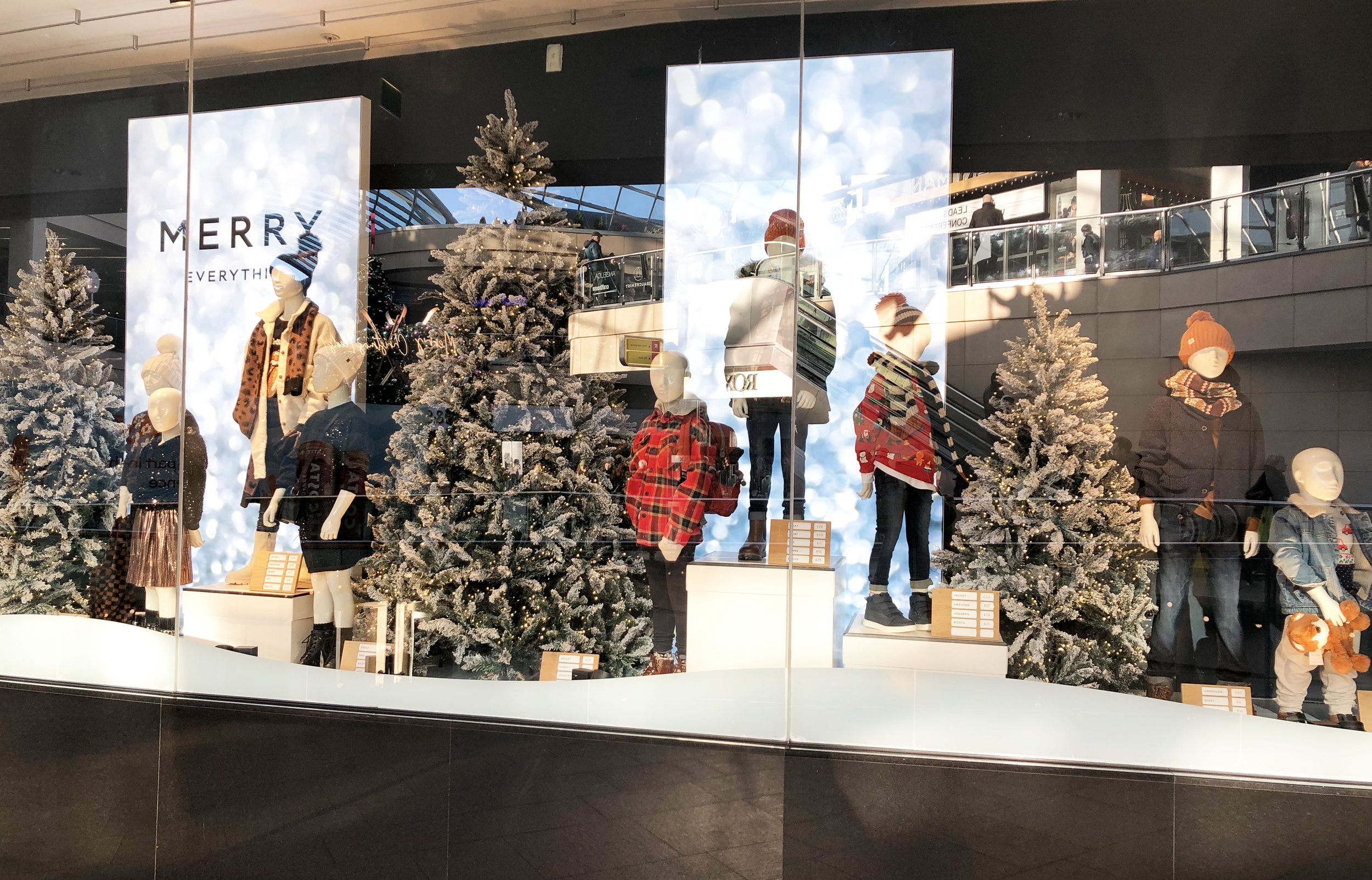
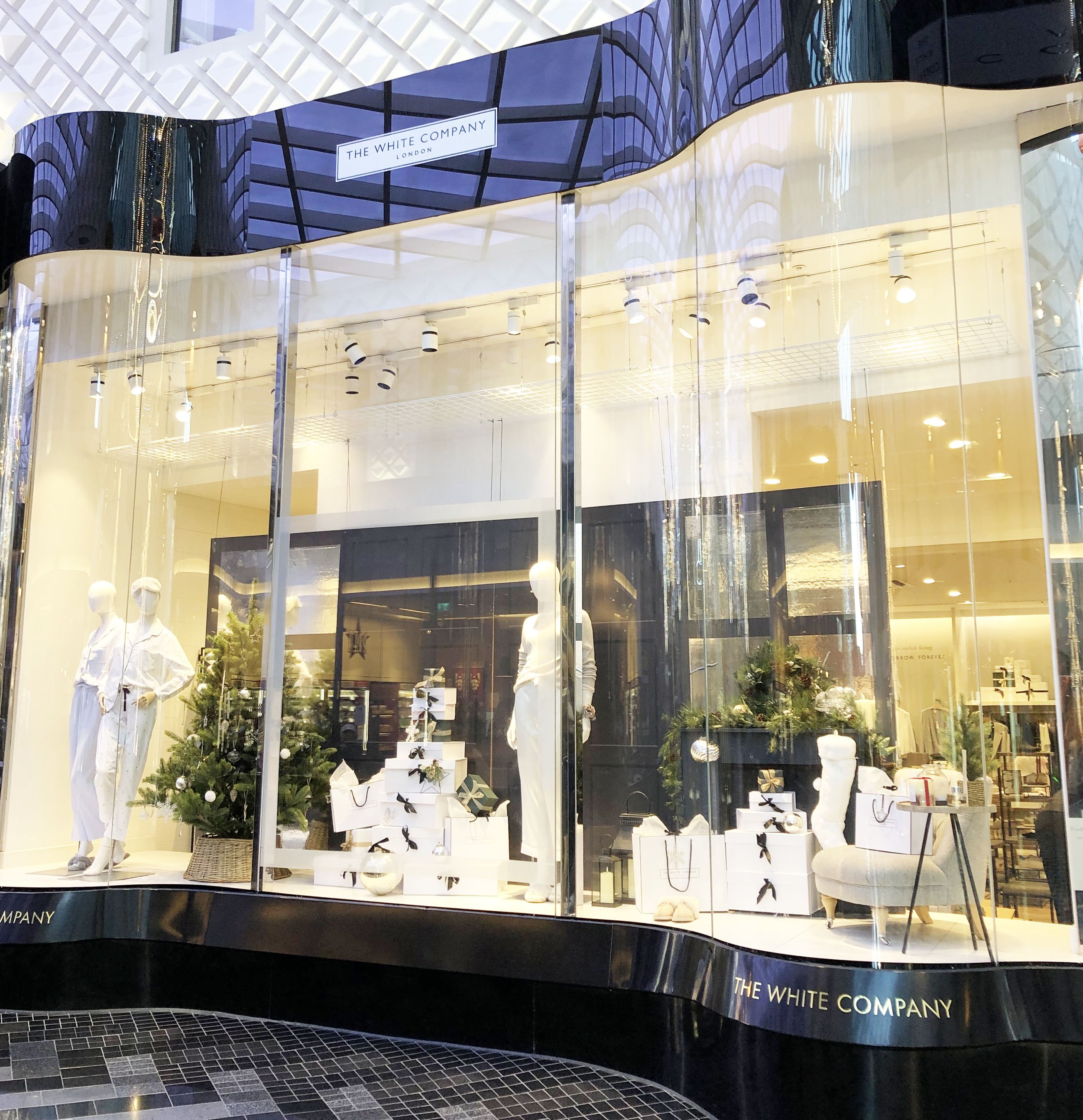
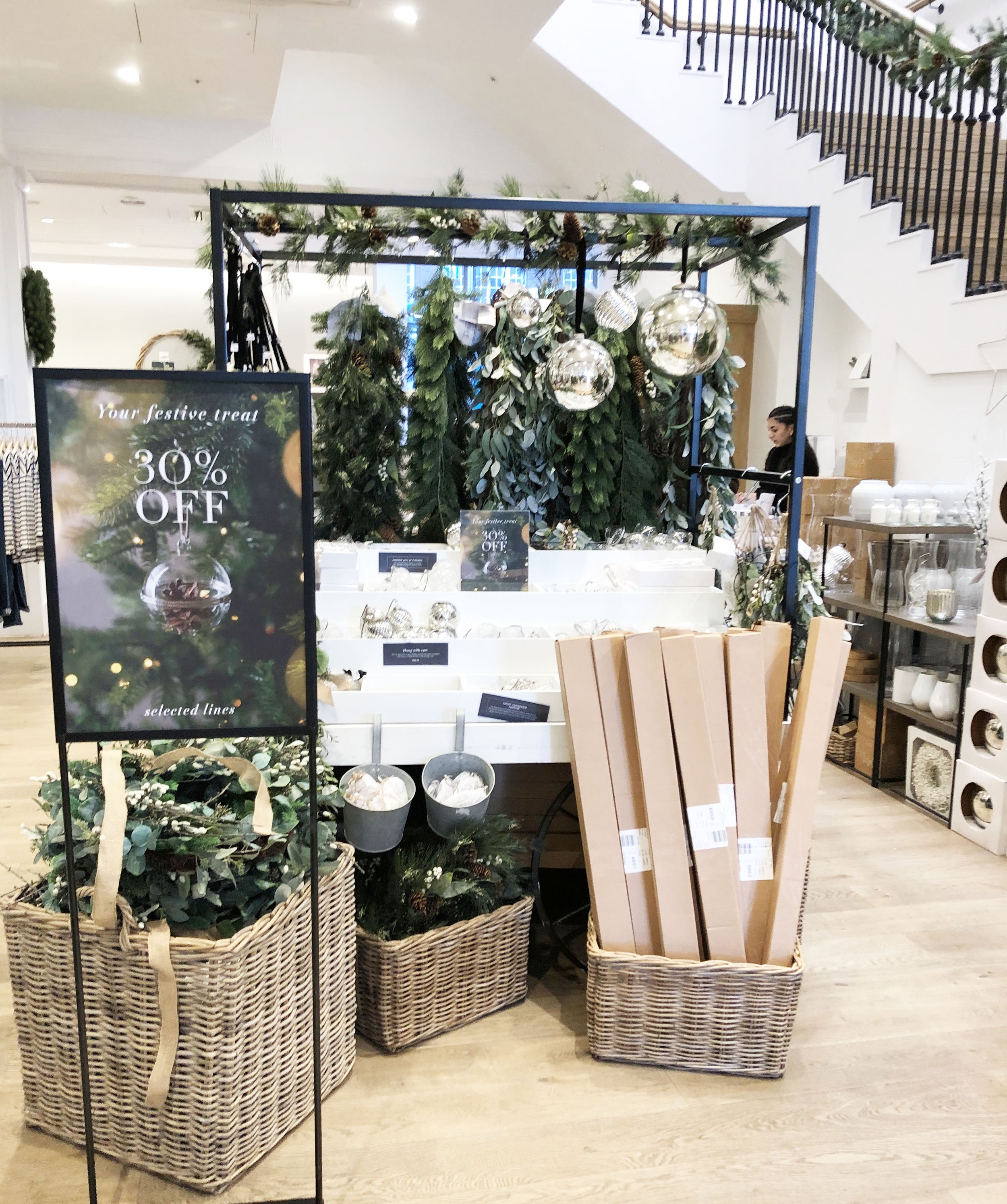
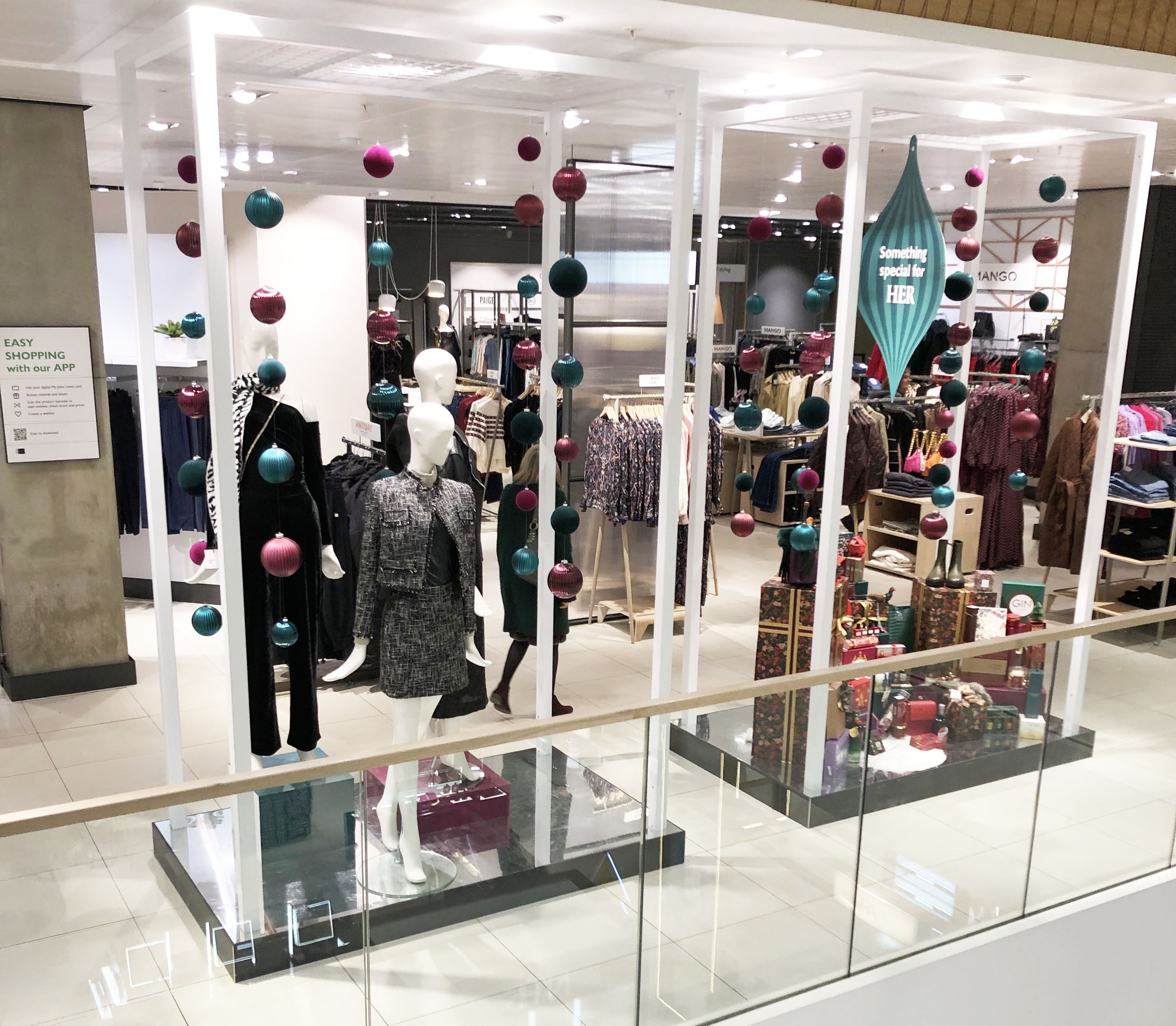
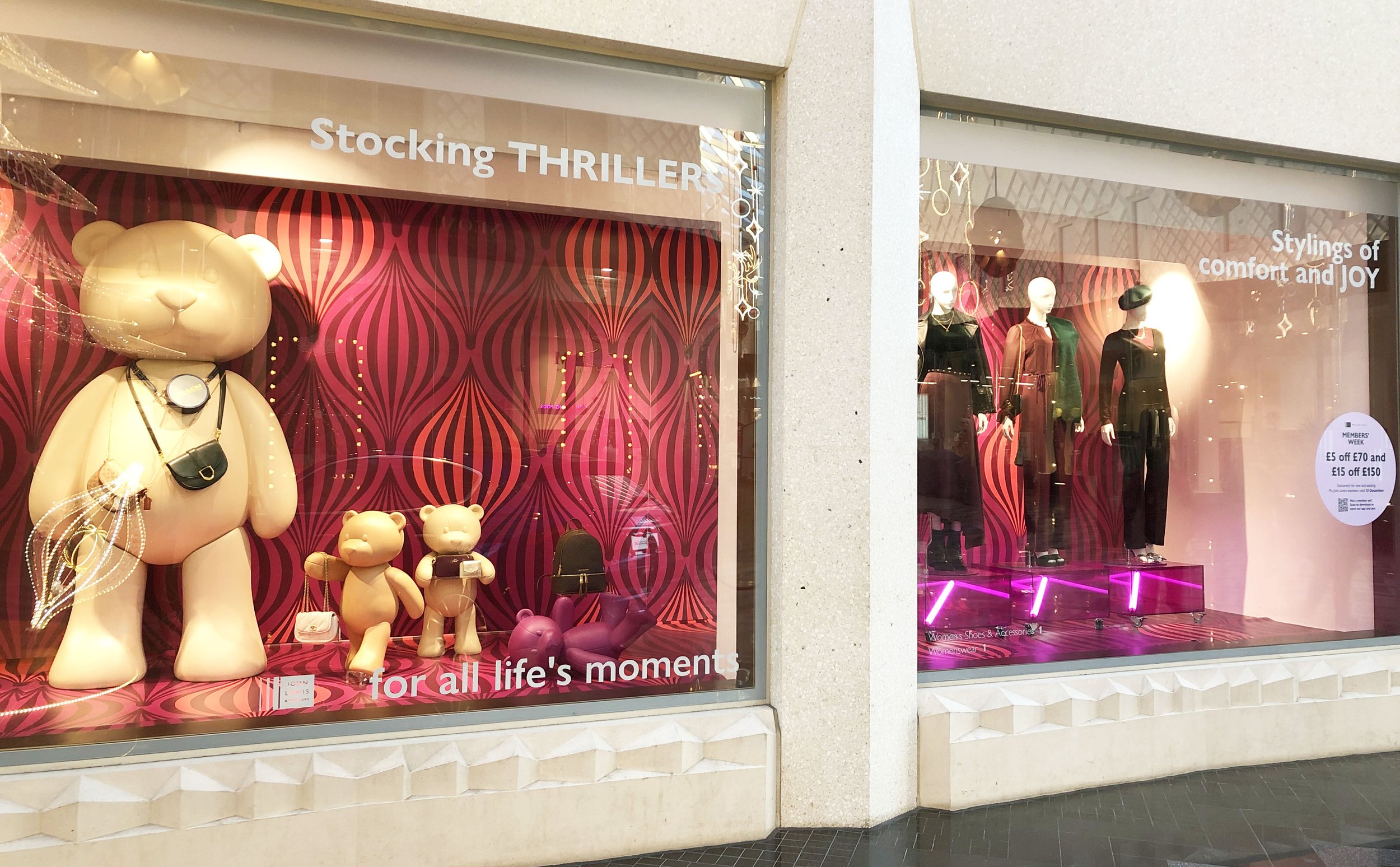
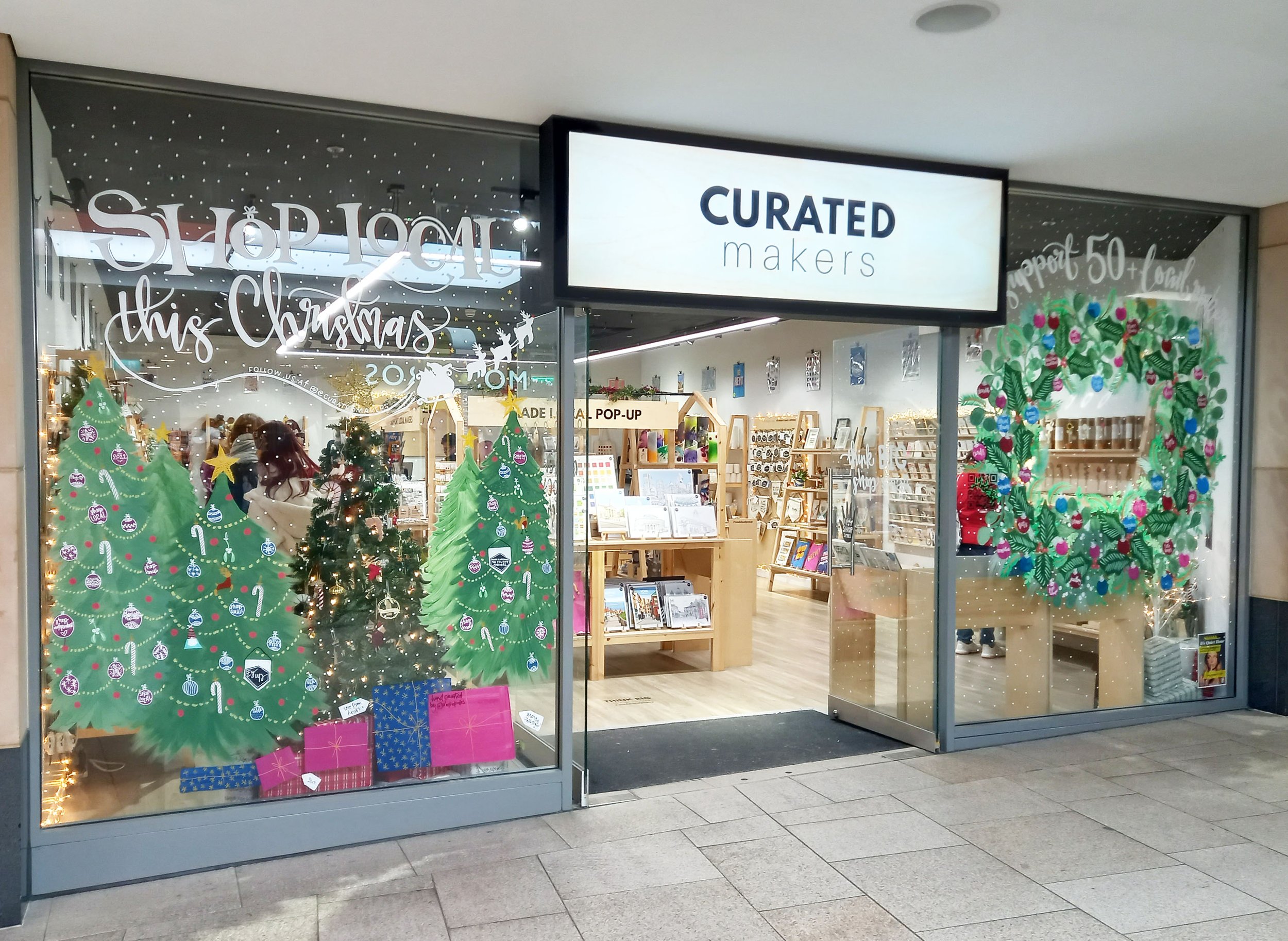


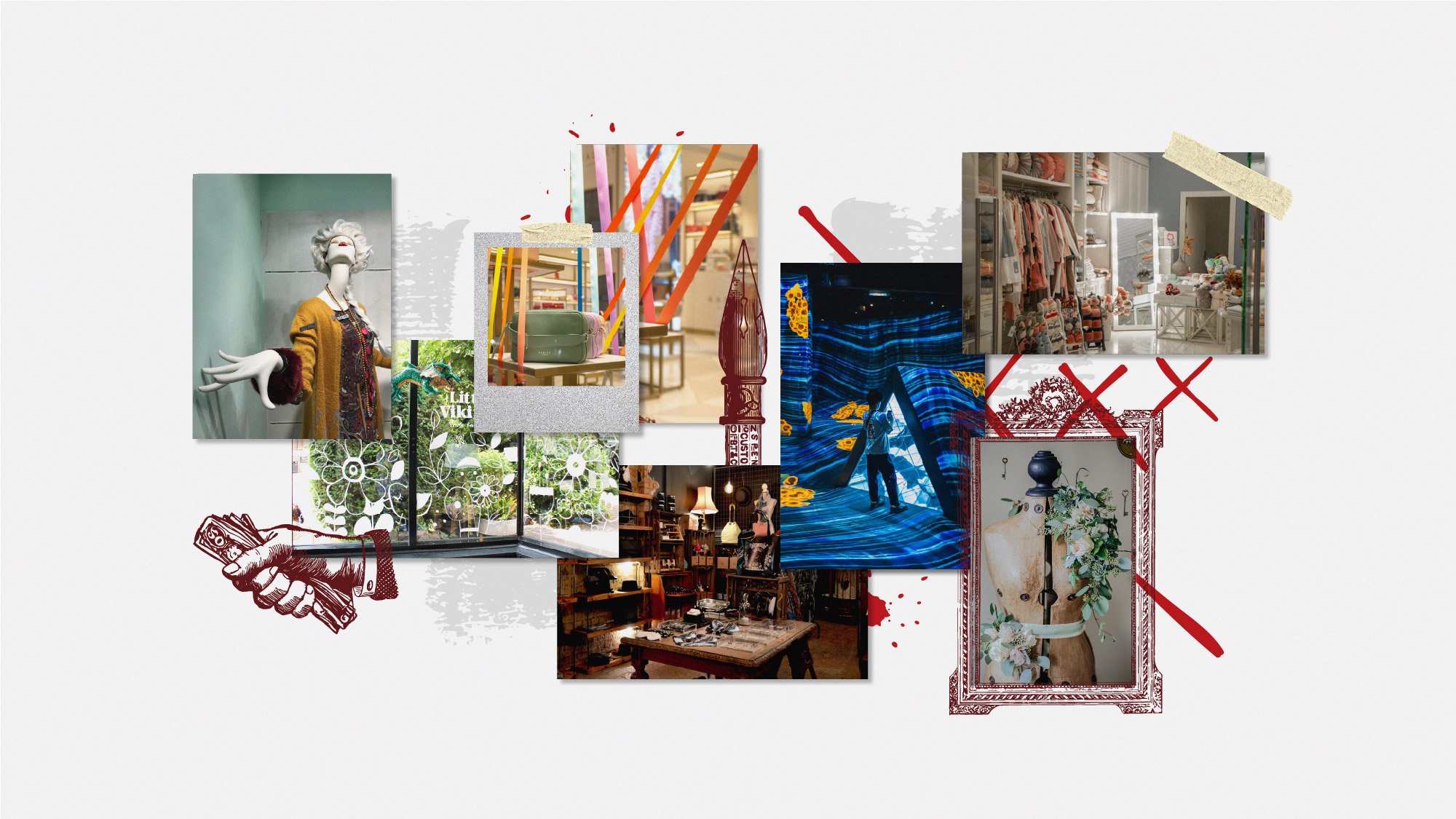
Let’s be honest, the competition for retail brands of all shapes and sizes is fierce. Plus, with the increase in digital touch points, it feels like everyone and anyone has a campaign or story to tell. It can be hard to know how to cut through the noise.